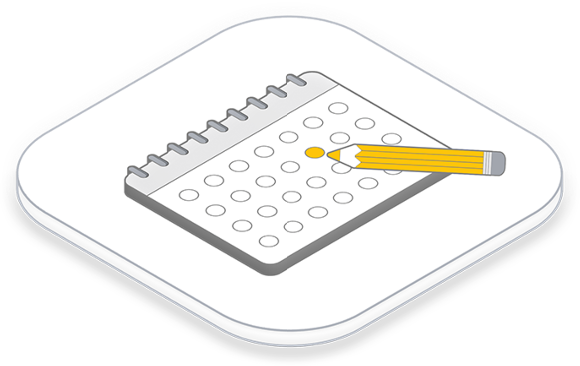01
March 2023
The first and most commonly known application for Blockchain Technology is in cryptocurrencies. For example, the underlying software for Bitcoin was developed in 2008 against the backdrop of the financial crisis. The skeptical view of institutional intermediaries created the basis for the open-source principle of this type of Blockchain, as the transaction register should no longer require a central authority. After more than 13 years, crypto has been declared dead no fewer than 461 times. This year, not least because the price has plummeted from $50,000 to around $20,000. But just as Blockchain’s only application is not in cryptocurrencies, this use case has only reached the end of its road due to price fluctuations. We therefore highlight some further opportunities for the technology here.
The perfect documentation
Imagine storing important details of contractual agreements between two parties in, of all places, a place like the Internet that has been maligned as incredibly insecure. The Blockchain makes this possible because no one can adjust this digitally stored trade without being noticed. This is because even if the end of the chain is constantly expanded and thus changed, the first block and thus all subsequent blocks remain intact. The documentation is thus indestructible.
The Blockchain offers many advantages
Currently, it is still the case that not all technological questions regarding the Blockchain have been conclusively clarified. Nevertheless, the characteristics of the approach promise great added value for companies and other organizations. Here we name a few:
- The Blockchain cannot be illegally modified. A timestamp ensures that all transactions are recorded unambiguously and verifiably.
- The Blockchain data is identical on all nodes used. This optimizes the integrity of the data and makes cyberattacks on the entire system difficult, costly and thus almost impossible to carry out.
- Because transactions are carried out in near real time, no property can be held back or even sold a second time.
- All assets can be unambiguously assigned to individual owners, so there can be no unclear ownership of individual assets.
- The cryptography-based system ensures verifiability, transparency, confidentiality and, if required, anonymity.
A trust-building measure
With the help of the Blockchain, all transfers between contractual partners are handled without intermediaries such as banks, notaries or states. This removal of intermediaries that would otherwise stand for trust and the associated automation of business processes leads to time and cost savings. It also means that as long as the network is strong and secure enough, Blockchain solutions can satisfy a wide range of trust requirements that would otherwise burden business processes and interactions. Specifically, it means that the added value of the technology can be applied to both financial and non-financial use cases. This creates tremendous potential for disruption and cost reduction.
Our Blockchain Technology experts would be happy to provide you with further impressions of the benefits of this innovative approach. Get in touch!
About the author



Comments